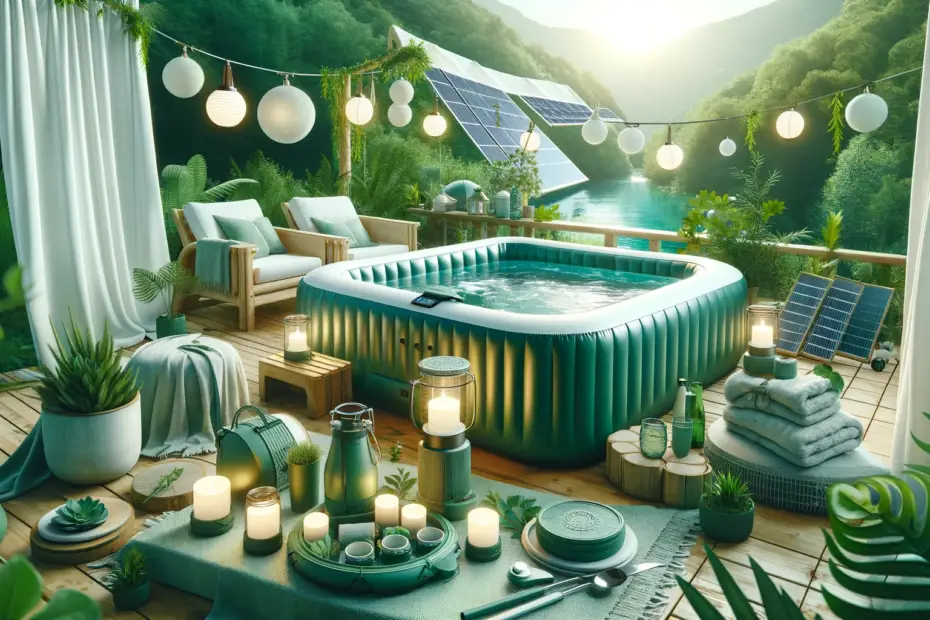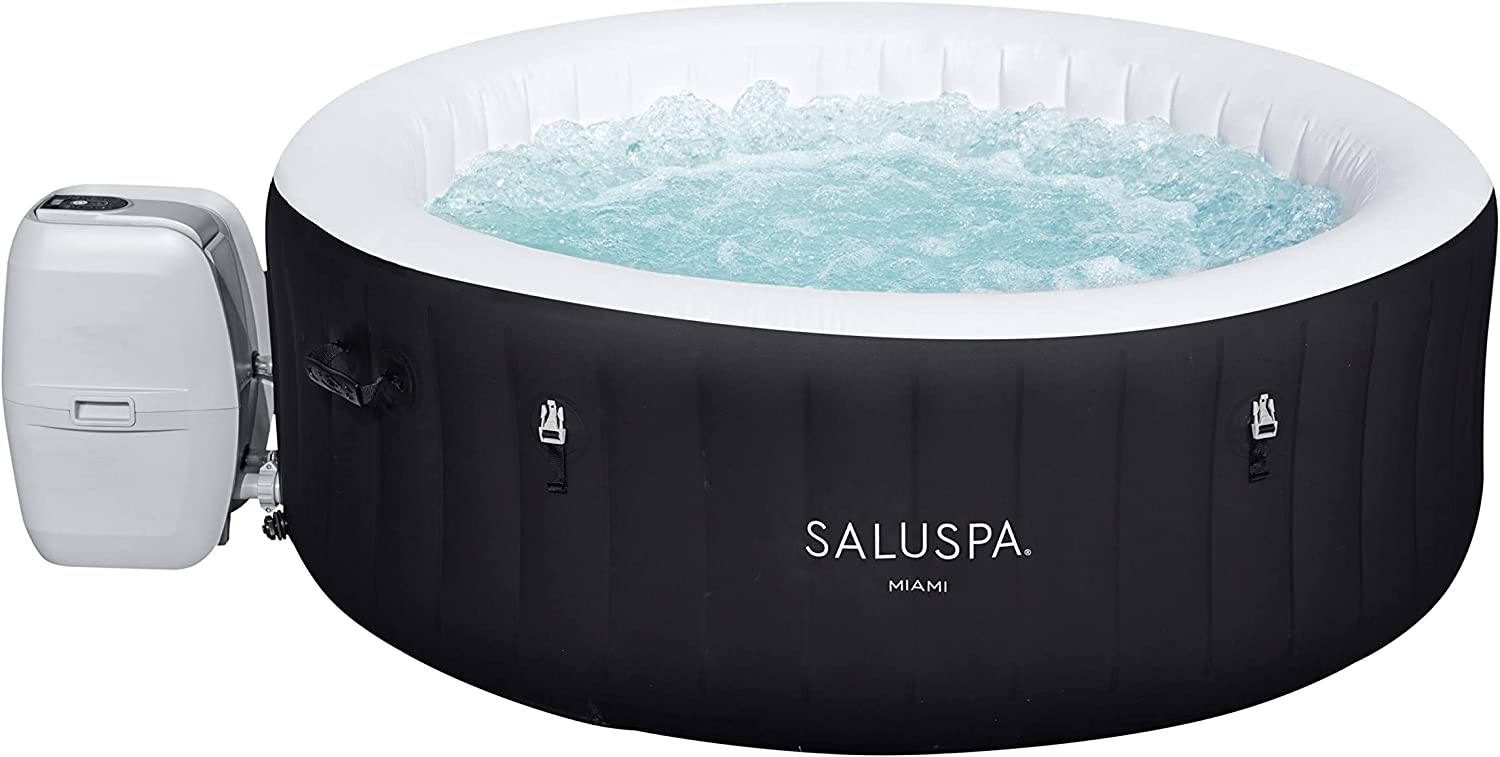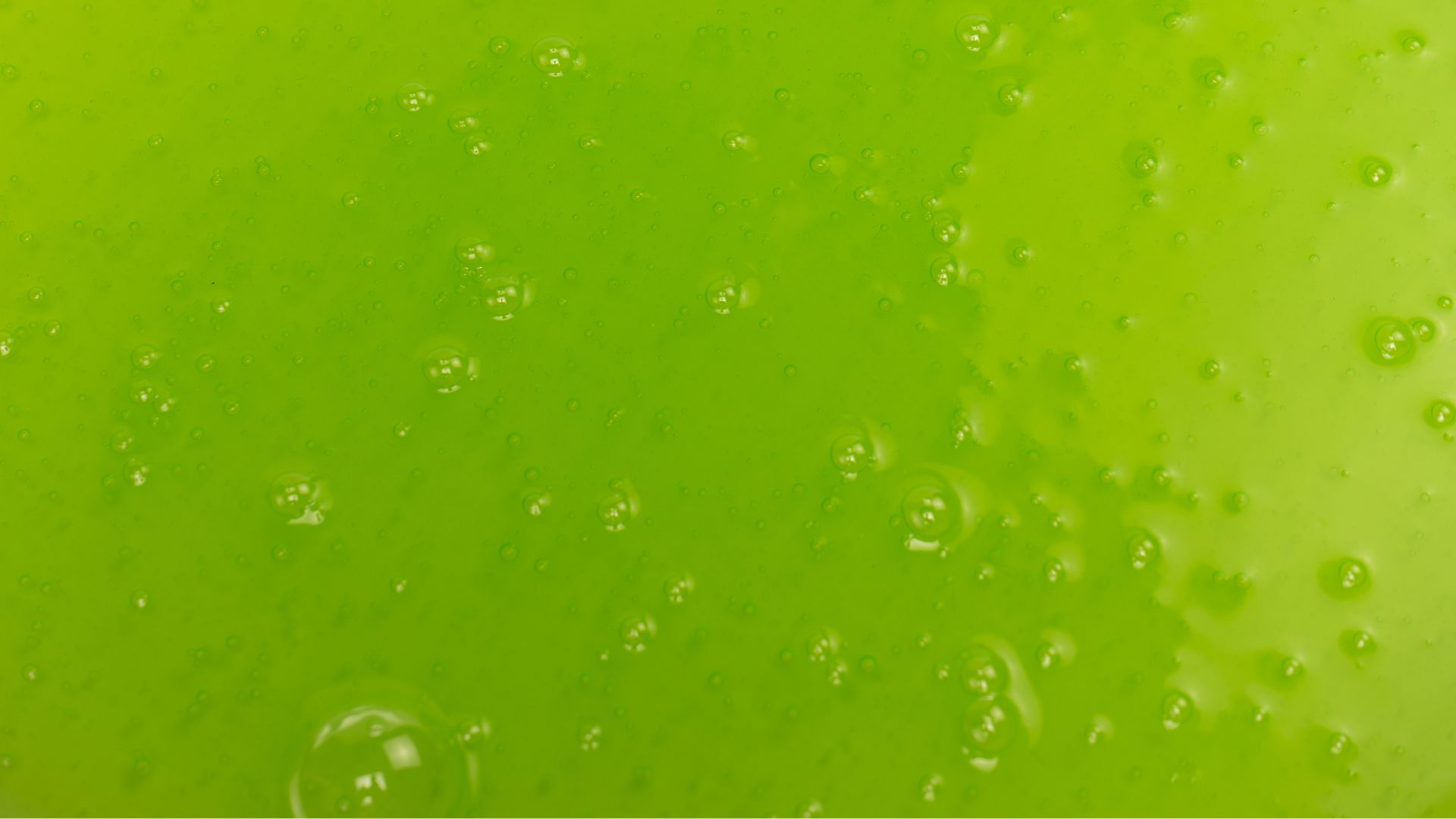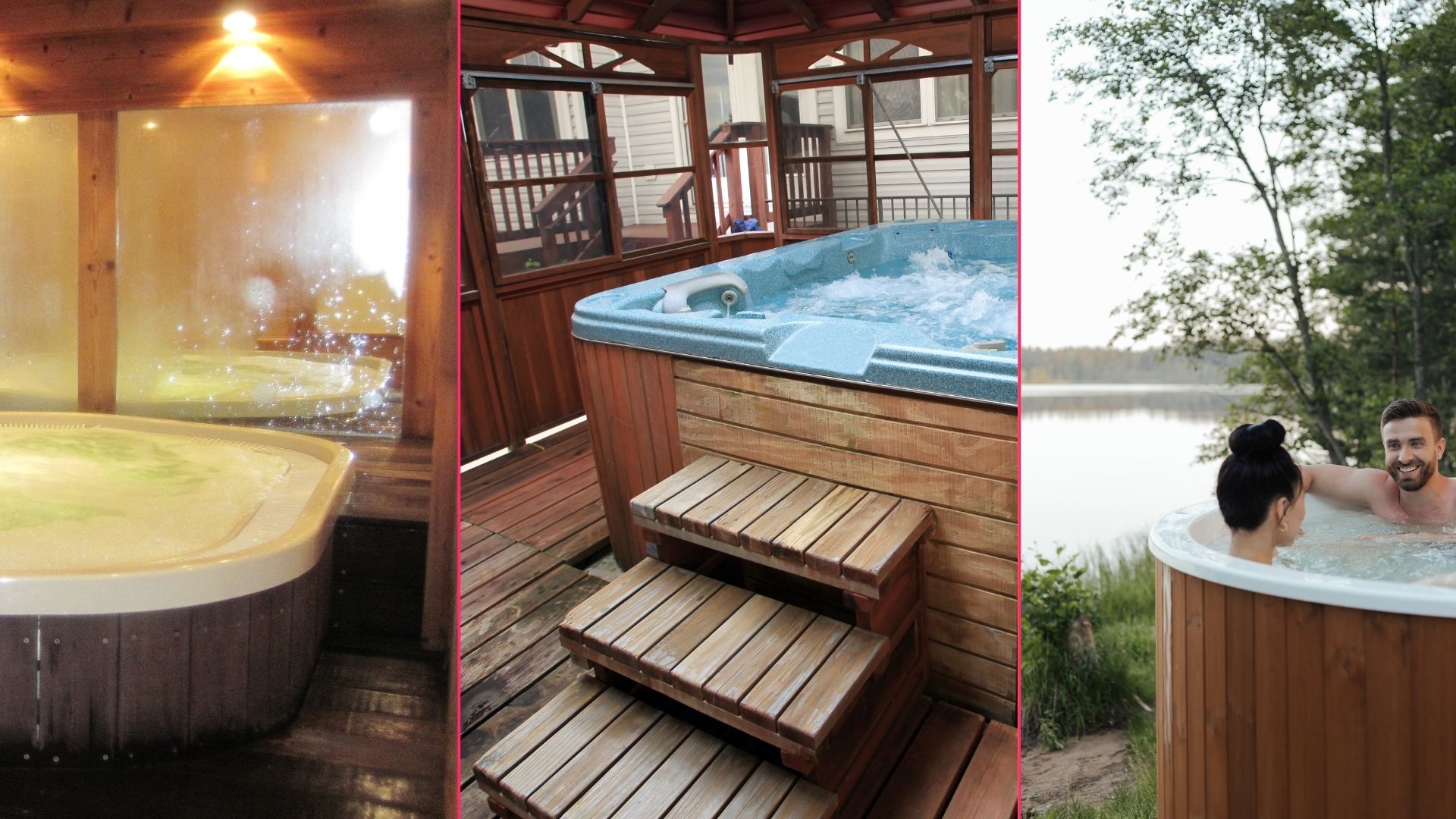Inflatable hot tubs are becoming increasingly popular due to their convenience, affordability, and portability. They are a great way to relax, unwind, and enjoy quality time with friends and family. However, like any other hot tub, they require a lot of energy to heat the water, and this can lead to a large carbon footprint. Fortunately, there are a few eco-friendly tips that you can use to reduce your environmental impact and help protect the planet. From investing in energy-efficient pumps and heating systems to making sure your hot tub is insulated properly, there are several steps you can take to make your inflatable hot tub more eco-friendly.
This article will delve into a variety of eco-friendly inflatable spa care techniques. Our focus will include strategies for energy-efficient inflatable Jacuzzi use, employing biodegradable hot tub cleaning agents, and methods for effective water conservation in portable spas. Additionally, we will explore innovative ideas for renewable energy in hot tub heating, ensuring that your relaxation time aligns with environmental stewardship. By integrating these green practices for hot tub owners, not only will you contribute to reducing your carbon footprint, but you’ll also enhance your hot tub experience in harmony with nature.
- Cover Your Hot Tub: Retain heat when not in use with a cover.
- Use Solar Energy: Employ solar covers or heaters for energy efficiency.
- Efficient Filtration System: Choose high-efficiency filtration.
- Regular Filter Cleaning: Maintain filters for better efficiency.
- Off-Peak Heating: Heat the tub during off-peak energy hours.
- Use Biodegradable, Non-Toxic Chemicals: These products are less harmful to the environment when the water is eventually drained.
- Conserve Water: Limit water changes by maintaining quality.
- Insulate the Hot Tub: Reduce energy consumption with proper insulation.
- Repair Instead of Replace: If the inflatable hot tub or its components need repair, consider fixing them instead of replacing the entire unit.
- Windbreaks: Minimize heat loss with natural or artificial barriers.
- LED Lighting: Opt for energy-saving illumination.
- Leak Management: Check and repair leaks promptly.
- Timed Energy Use: Control heating and filtration with timers.
- Responsible Water Disposal: Ensure safe water discharge.
- Water Temperature Monitoring: Slightly lower the temperature for energy savings.
- Optimize Usage Schedule: Use the hot tub during designated hours.
- Collect Rainwater for Refills: If feasible, use collected rainwater to refill the hot tub, reducing the demand on municipal water supplies.
- Smart Energy Management: Implement smart systems for efficiency.
- Efficient Usage Encouragement: Limit time spent in the tub.
- Sustainable Accessories: Choose recycled or sustainable materials.
- Ongoing Education: Stay informed about eco-friendly practices.
- Lifecycle Consideration: Opt for recyclable, efficient models upon replacement.
- Choose Eco-Friendly Accessories: Opt for accessories made from sustainable materials.




